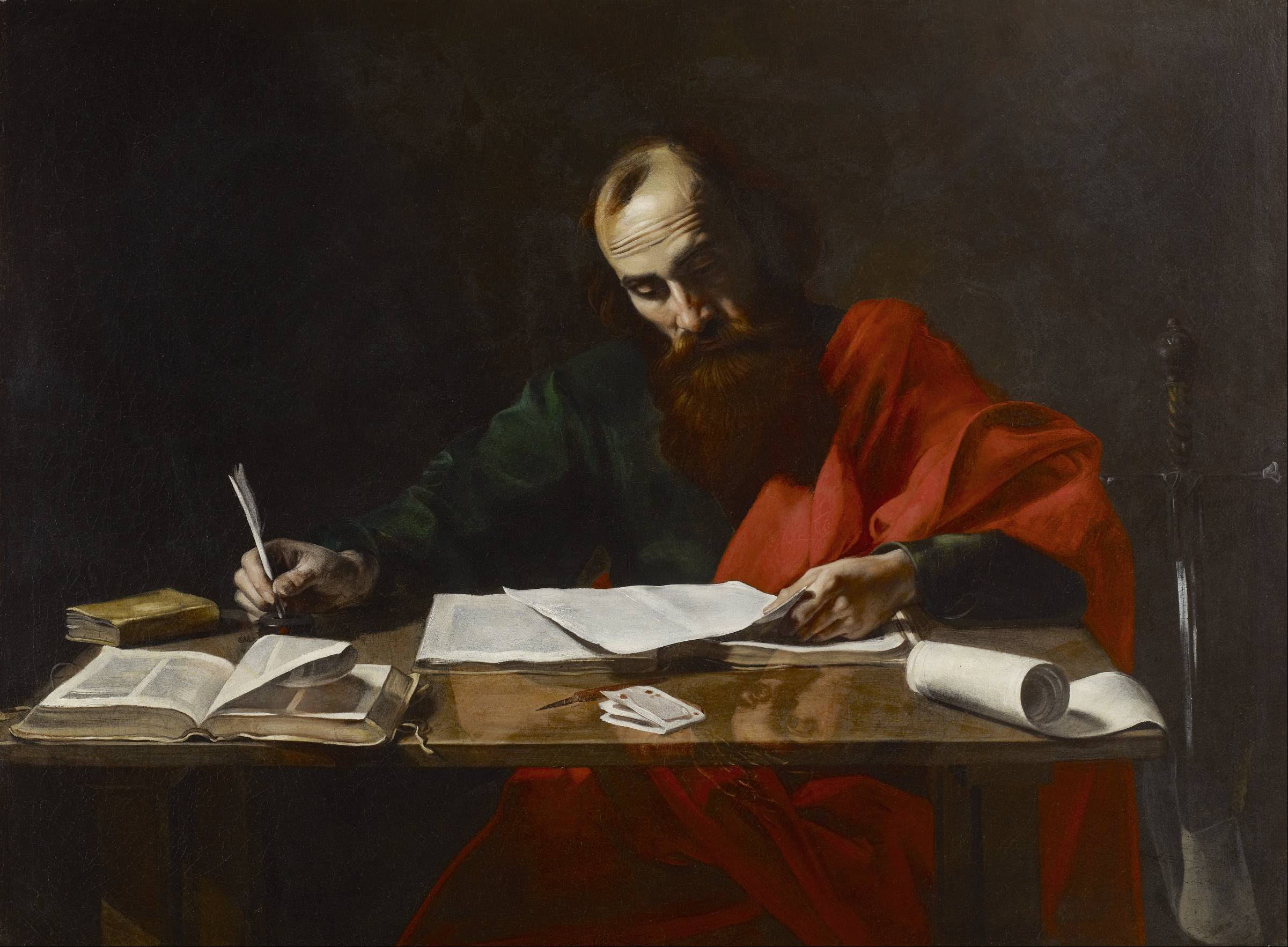 In daily Mass this week (21st Week of the Year) we are reading from the Second Letter of Paul to the Thessalonians. I thought it might be helpful to present some notes I have assembled over the years from various sources. My goal is to bring the text a bit more alive and to provide some context.
In daily Mass this week (21st Week of the Year) we are reading from the Second Letter of Paul to the Thessalonians. I thought it might be helpful to present some notes I have assembled over the years from various sources. My goal is to bring the text a bit more alive and to provide some context.
Overall context – St. Paul’s ministry in Thessalonica was cut short due to persecution, and after he left he had concerns for the wellbeing of recent converts. The first letter he sent to the Thessalonians caused some confusion and so he followed it with a second letter.
St. Paul arrived at Thessalonica, accompanied by Silas, in the course of his second apostolic journey (A.D. 49 – 52), probably in the summer of the year 50 A.D. (cf Acts 17:1).
Situated on the Aegean Sea, Thessalonica was a flourishing center of trade, thanks to its port and the presence of a large trade route nearby. It was one of the most important cities in Macedonia and there were approximately 200,000 residents at the time of Paul’s visit.
Thessalonica was a typical pagan city; archaeologists have unearthed the remains of many statues of gods. But there were also quite a number of Jews living there in St. Paul’s time. In keeping with general practice, Paul first went to the synagogue to preach Jesus as the Messiah promised in the Old Testament. He preached in the synagogue there on three successive Sabbaths (Acts 17: 2) and likely stayed in Thessalonica for about two months, lodging in the house of Jason (Acts 17:6). As a result of his preaching, many Jews and Gentiles came to believe.
His success earned him the envy of certain Jews, who organized demonstrations and attacked Jason’s house. Looking for Paul and Silas and not finding them, they arrested Jason. This led St. Paul and his companions to depart the city that same night.
How the letters came to be written – Paul’s unexpected departure from Thessalonica meant that the instruction of the recent converts was cut short. In addition, their situation became difficult due to persecution by the Jews. This led the St. Paul to send Timothy to confirm them in the faith, as he mentions in the third chapter of the First Letter to the Thessalonians.
After dispatching St. Timothy, Paul made his way from Athens to Corinth. In Corinth Timothy rejoined Paul, bringing with him a good report: The Thessalonians were persevering in faith and charity despite suffering harassment. Timothy also reported to Paul that certain questions were troubling the Thessalonians: questions about life after death and the second coming.
In response, St. Paul wrote the first letter (in the winter of 50-51), which he sent by way of Timothy in order to complete his interrupted preaching. The letter had the effect of reassuring the Thessalonians about the fate of those who had already died in the Lord. Unfortunately, some did not understand Paul correctly. In fact, some so misunderstood him that they began to give up working. This caused Paul to write a second letter (some months later) in an attempt to clear up the misunderstanding. Both letters were written while St. Paul was in Corinth. The first letter is Paul’s earliest letter in the canon of Scripture.
Basic Themes of the Letters –
The preaching of the Gospel – In evangelization, the initiative lies with God; it is He who causes the preaching of the Gospel to bear fruit. God chooses us and saves us from the wrath that is to come. He sustains our hope. It is the Holy Spirit who renders the preacher’s word persuasive. The core of preaching is the Gospel, the good news of salvation foretold by the prophets and brought to fulfillment in Jesus.
The foundations of faith and morality – These two letters, although written quite early in our history, touch on all the main truths of faith and on the foundations of Christian morality: God is our Father and the source of our salvation; Jesus is His Son and brought about our salvation by the Paschal Mystery; He will come again in power and majesty to judge the living and the dead and will judge us according to our works; The Holy Spirit, to whom is attributed our sanctification, moves us to accept with joy the preaching of the Word of God; we must be attentive and exercise self-control and sobriety.
Eschatology – Christian teaching about the end of the world and the last things received more attention than anything else in these letters. The matter is dealt with on two levels: what happens to a person when he or she dies and what will happen at the end of time when the ultimate victory of the Church is revealed. Our life does not end with death and we should not be saddened by the prospect of death, for this leads to the vision of God. Though our soul lives, our body lies in death. When Christ comes again in glory, the body shall rise as well, in glorified form.
The first letter of St. Paul to the Thessalonians caused some Christians to conclude that Christ’s second coming was imminent and to cease working. Paul wrote a second letter to make it clear that the second coming was not imminent. He goes on to tell them of some of the events that will signal it: rebellion or apostasy and the appearance of the man of lawlessness.

